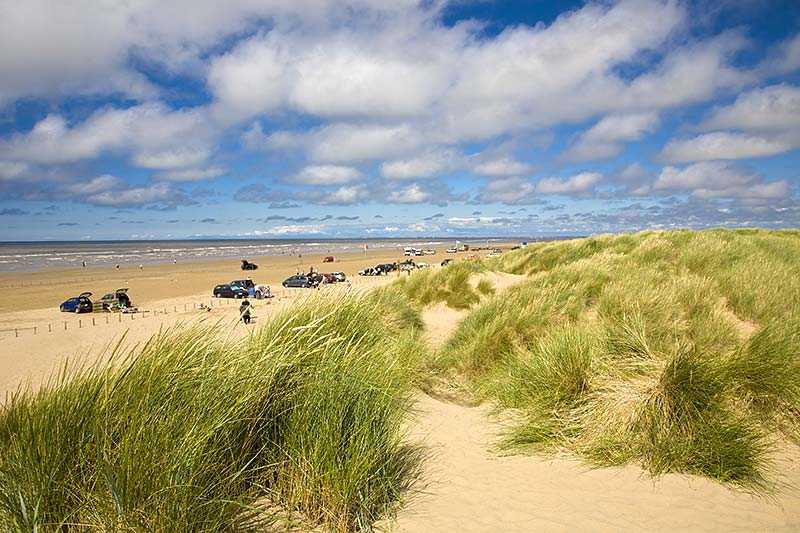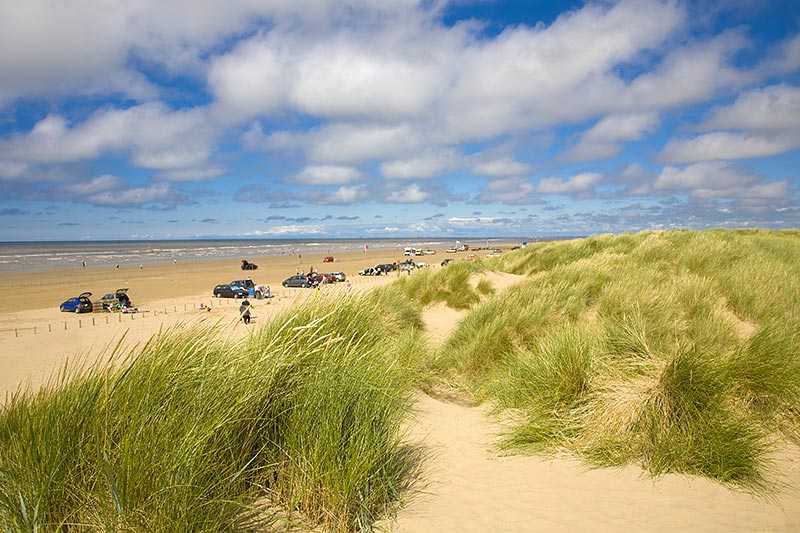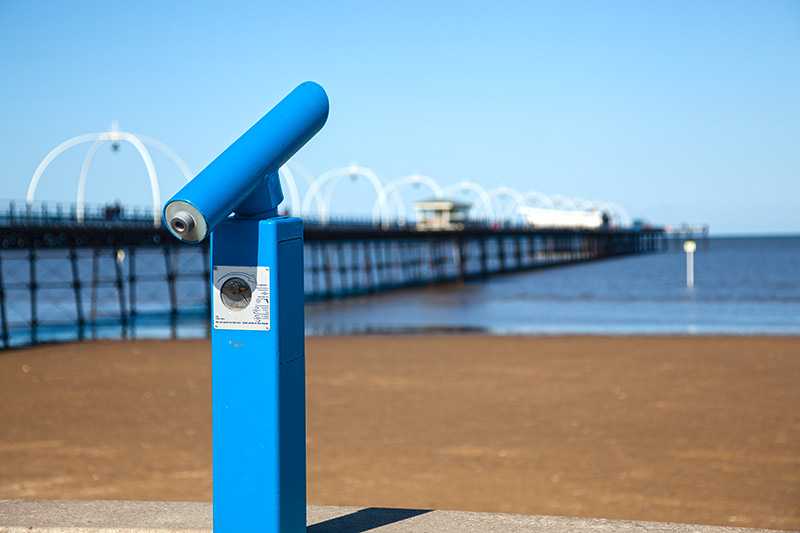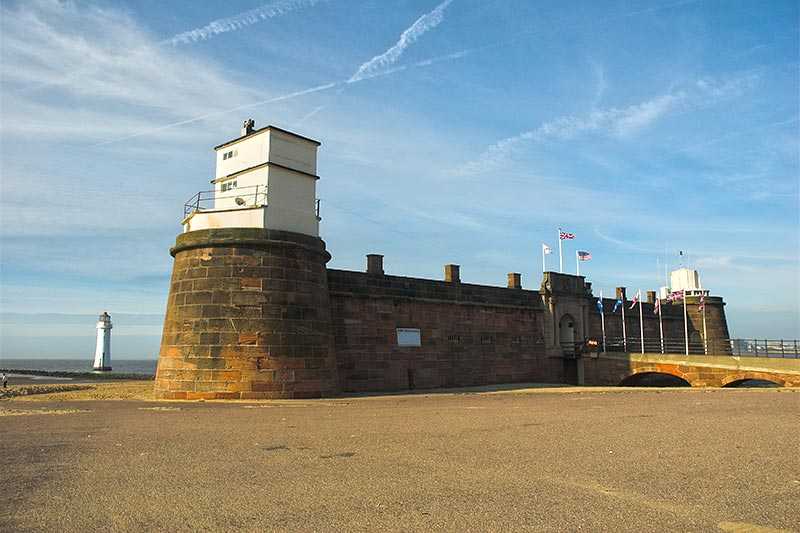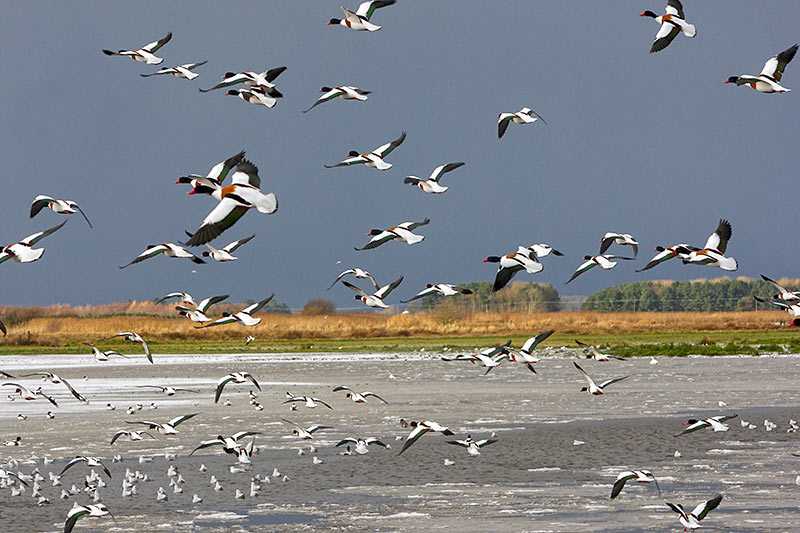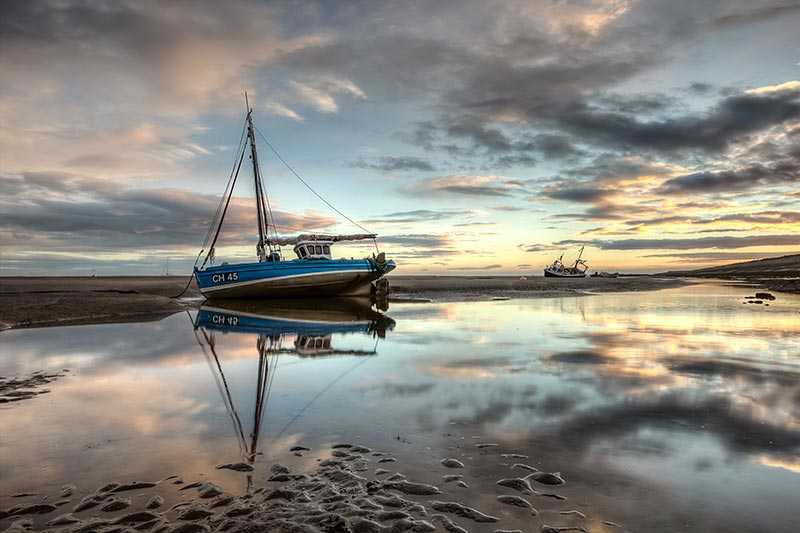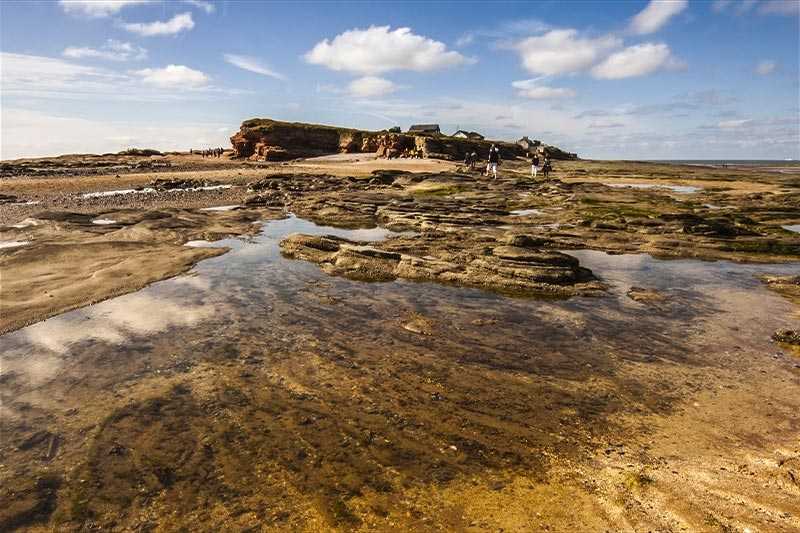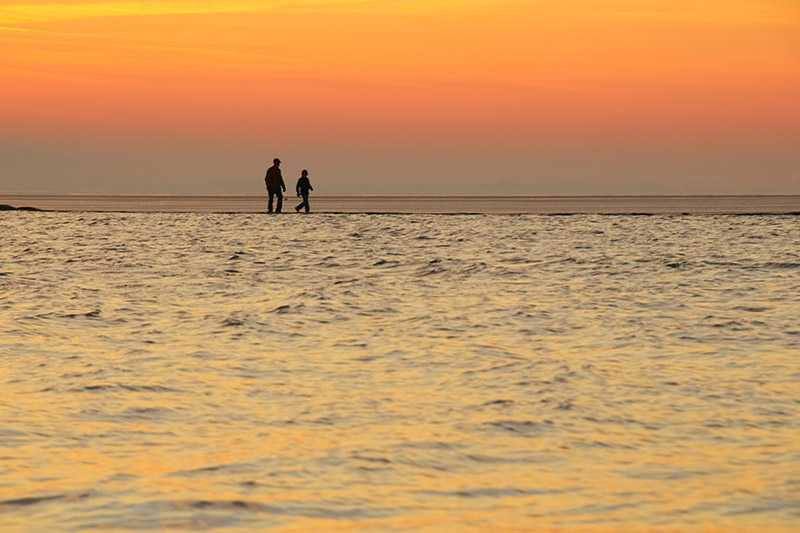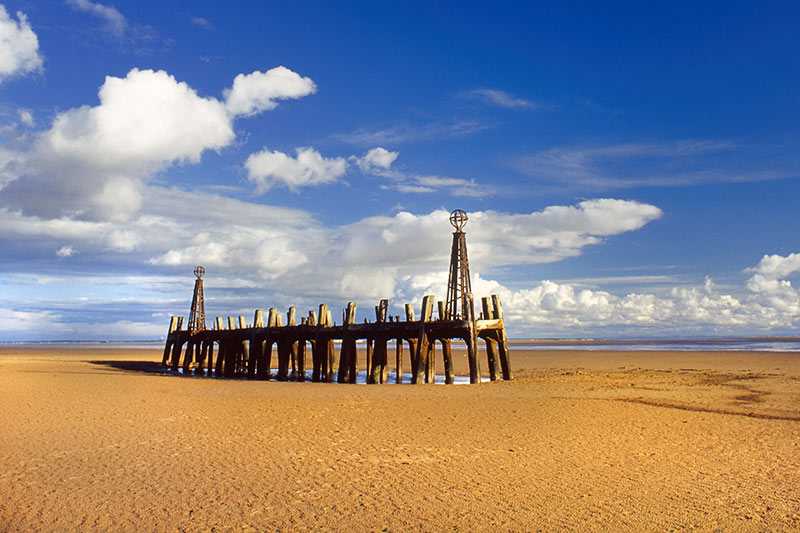Formby Sands
About Formby
A coastal town within Sefton in the north west of Merseyside, Formby is distinguished by its coastal dunes, pine forests and deciduous woodlands. The whole coastline is a desi...
About Formby
A coastal town within Sefton in the north west of Merseyside, Formby is distinguished by its coastal dunes, pine forests and deciduous woodlands. The whole coastline is a designated Special Area of Conservation for its important wildlife and large parts of this land are protected by the National Trust. Unfortunately, Formby Point is eroding at an alarming rate, with the du...
Things to do near Formby Sands
Attractions near Formby Sands
Activities
About Formby Sands
About Formby
A coastal town within Sefton in the north west of Merseyside, Formby is distinguished by its coastal dunes, pine forests and deciduous woodlands. The whole coastline is a designated Special Area of Conservation for its important wildlife and large parts of this land are protected by the National Trust. Unfortunately, Formby Point is eroding at an alarming rate, with the dunes receding by as much as 4 meters per year.
Climate
The climate is classified as temperate, with mild winters and warm summers.
Fauna and Flora
The pine woods have been established as a reserve by the National Trust for the endangered red squirrel. Although native to Britain, red squirrels are threatened by competition from its larger relative, the American grey squirrel. Formby is one of the few places in England where the red squirrel can still be seen.
The sand dunes host marram grass and sand lizards; as well as being home to Natterjack toads – this is one of their few breeding sites in England. The best time to spot one is at dusk they call out loudly to each other, making them easier to track down.
Activities
The National Trust provides facilities for visitors, including opportunities to see and feed the red squirrels. For walkers and cyclists, the Sefton Coastal Path (33.6km/ 21 miles) runs through Formby on its way along the coast. The beach – only accessible by crossing through the sand dunes – is sandy and child-friendly for making sandcastles, paddling and spotting crabs and shells.
How to get there
The beach, dunes and forest are surprisingly close to major conurbations such as Liverpool and easily accessible via public transport.
Did you know?
At very low tides, you may see 5,000 year old footprints of men, women, children and deer baked and preserved into the clay.
